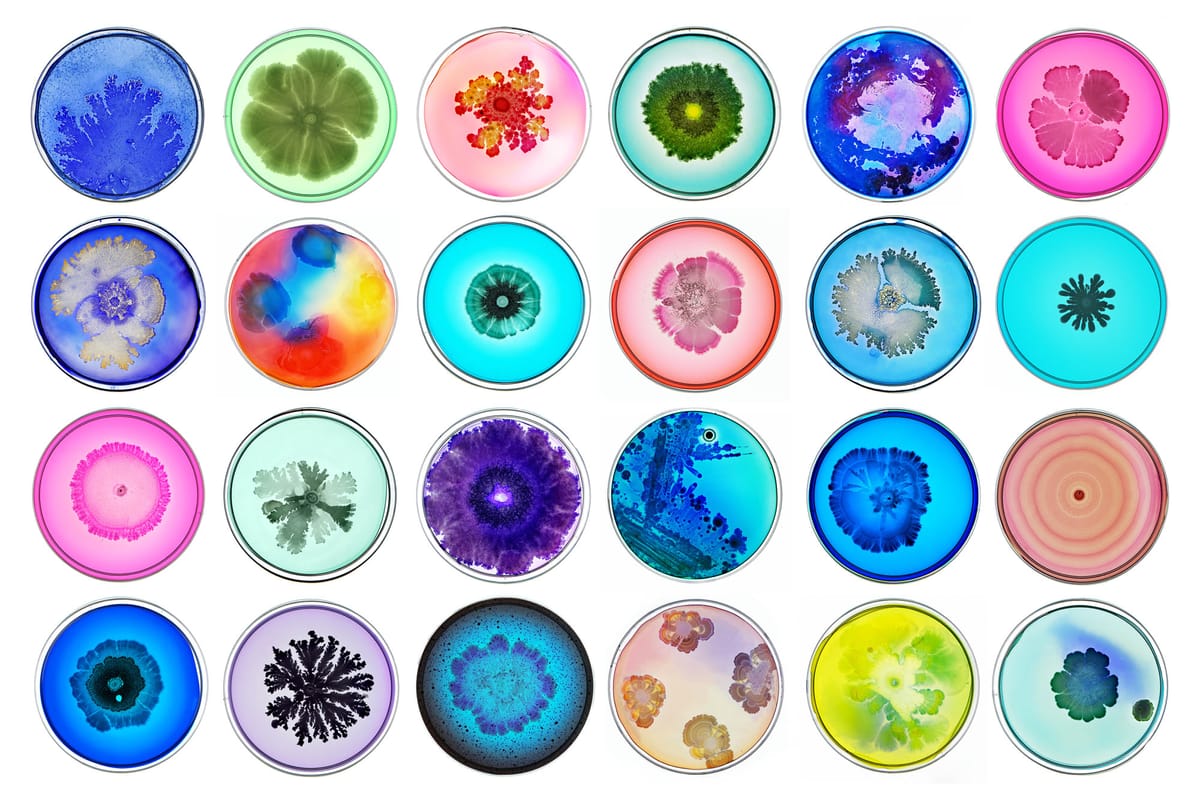Serratia Marcescens: The Opportunistic Pathogen Lurking in Unexpected Places

A closer look at the bacteria causing infections in hospitals and homes—and how to manage its risks.
In the shadow of superbugs like MRSA, a lesser-known but equally concerning pathogen quietly thrives: Serratia marcescens. This opportunistic bacteria, distinguished by its vivid red or pink pigmentation, is a growing concern in hospitals and homes alike. While naturally found in soil and water, S. marcescens has increasingly been implicated in healthcare-associated infections (HAIs) and poses a particular threat to vulnerable individuals.
With its ability to survive in moist environments and form biofilms on medical devices, this Gram-negative bacteria is both a scientific curiosity and a medical challenge. Here’s what you need to know about its origins, dangers, and the battle against its resistance to treatment.
The Mystery of the Pink Film
Homeowners may recognize Serratia marcescens by the pinkish-red film it leaves on shower curtains, toilet bowls, and other moist surfaces. This pigmentation is caused by a compound called prodigiosin, which is produced by the bacteria under certain environmental conditions, particularly at room temperature. While often dismissed as a harmless nuisance, this bacteria’s true danger emerges in clinical settings.
An Opportunistic Pathogen
Serratia marcescens is not a typical cause of illness but an opportunistic pathogen. It preys on individuals with weakened immune systems, often striking in hospitals where its ability to form biofilms on medical devices like catheters and ventilators makes it a significant threat.
Common Infections Caused by Serratia marcescens:
- Respiratory Infections: Especially in patients on ventilators.
- Urinary Tract Infections (UTIs): Often associated with catheter use.
- Wound Infections: In post-surgical or open wounds.
- Sepsis: In immunocompromised patients.
- Eye Infections: Such as keratitis or endophthalmitis.
The Antibiotic Resistance Problem
One of the greatest challenges in treating S. marcescens infections is its growing resistance to antibiotics. The bacteria produces enzymes called beta-lactamases, which neutralize many beta-lactam antibiotics, including penicillins and some cephalosporins. This makes treatment increasingly complex and often requires advanced antibiotics such as carbapenems or fluoroquinolones.
However, resistance to carbapenems, the drugs of last resort, is also on the rise, prompting urgent calls for alternative treatments and stringent infection control.
From Science to Scandal: A Troubling History
Serratia marcescens has not always been viewed as a threat. In fact, its vibrant pigmentation made it a favorite in early microbiology experiments. But one of its most infamous appearances came during Operation Sea-Spray in 1950, when the U.S. military released the bacteria over San Francisco to study how it dispersed. This experiment, intended to be harmless, resulted in a spike in infections and at least one death, raising ethical concerns about biological testing.
Managing the Risks
Preventing and controlling S. marcescens infections requires both medical and environmental vigilance:
- Hospital Protocols:
- Strict sterilization of medical devices and regular disinfection of surfaces are essential.
- Reducing unnecessary use of invasive devices like catheters can minimize infection risks.
- Home Hygiene:
- Regularly clean moist surfaces where the bacteria can thrive, such as bathrooms and kitchen sinks.
- Bleach-based cleaners are effective in killing S. marcescens and preventing biofilm formation.
- Antibiotic Stewardship:
- Judicious use of antibiotics is critical to preventing the development of resistant strains.
Treatment Options
When infections occur, they can range from mild to life-threatening. Treatment involves targeted antibiotics based on sensitivity testing:
- Carbapenems (e.g., Meropenem, Imipenem): First-line treatment for severe infections.
- Fluoroquinolones (e.g., Ciprofloxacin, Levofloxacin): Effective for many cases.
- Combination Therapies: For multidrug-resistant strains, combinations of antibiotics may be necessary.
However, the bacteria’s ability to form biofilms can complicate treatment, making early intervention critical.
A Silent Threat
While Serratia marcescens may lack the notoriety of other superbugs, its ability to exploit vulnerabilities makes it a serious concern in both healthcare and home environments. From its striking pigmentation to its resistance to treatment, it serves as a reminder of the complex relationship between humans and microbes—and the constant need for vigilance in managing infections.
As hospitals and researchers continue to combat this opportunistic pathogen, the responsibility also lies with individuals to maintain good hygiene practices and seek timely medical attention when infections arise.